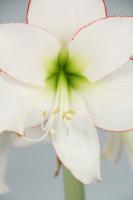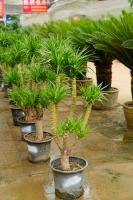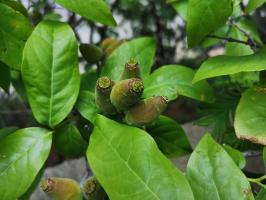1、 Basic introduction
Java kapok, formerly known as "Jibei", is a strong positive tree species, which is not resistant to shade. It is native to tropical America and is planted in Yunnan, Guangxi and Hainan in China. Its flowering period is from March to April, and the tree shape is beautiful. It can be used as an ornamental tree species, such as street trees or scenic trees. At the same time, Java kapok also has medicinal value and dietary value
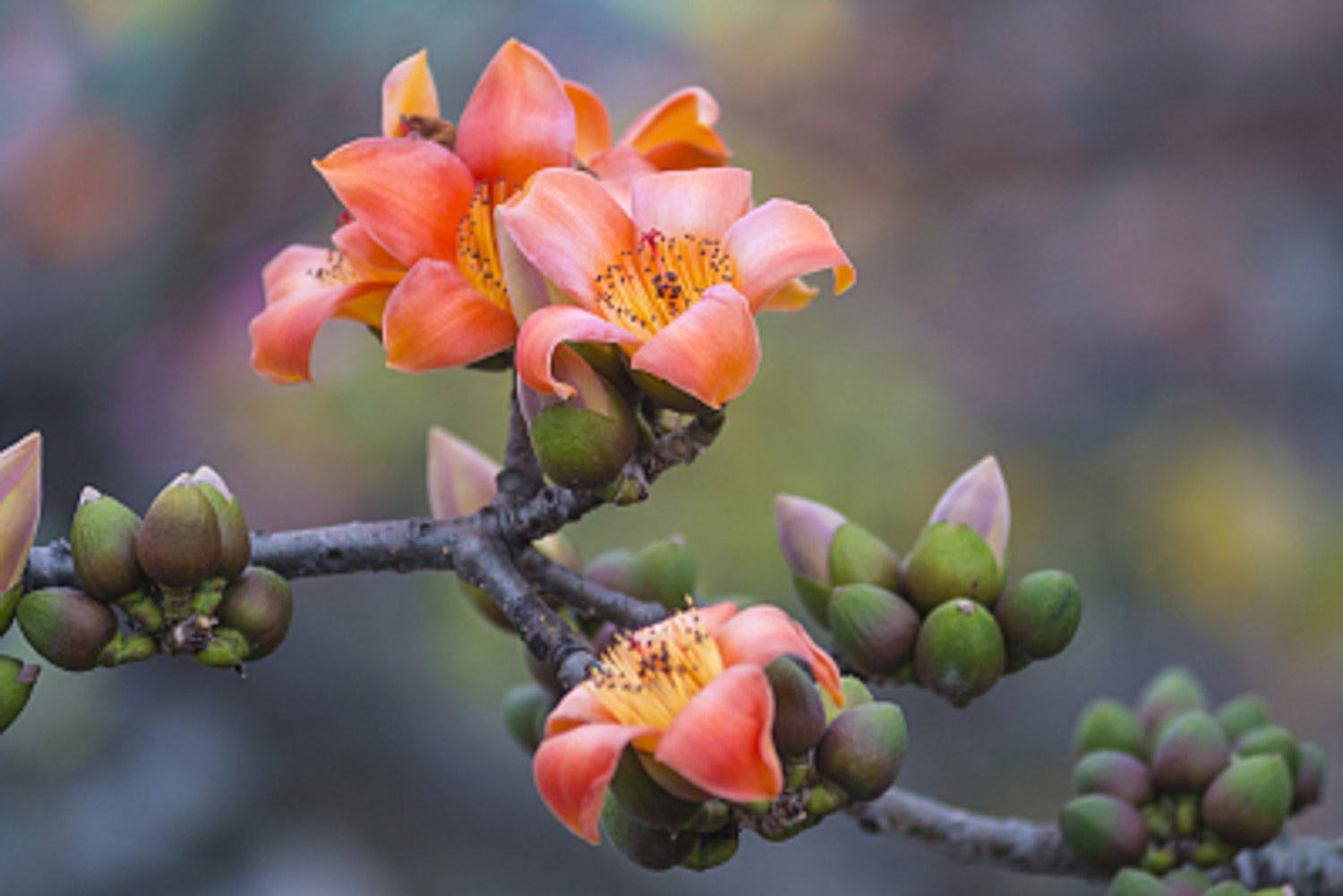
2、 Breeding method
1. Temperature: Java kapok is native to tropical America, so it likes high temperature climate. Its heat resistance is relatively strong. It is most suitable to grow in areas with an annual average temperature of more than 22 ℃ and no frost damage. It is not suitable to grow in the north
2. Soil: it is best to choose sandy loam, medium fertility, sunny and leeward site as planting land. However, the requirements of Java kapok for soil are not very high, which is resistant to barren and drought. General soil can be planted, but its soil drainage performance must be better
3. Watering: sufficient amount of watering is required. It is best to choose planting land with rainfall of about 800mm, especially in the growing season. During the seedling raising period, it is necessary to spray water 1 ~ 2 times a day to keep the soil moist
4. Illumination: Java kapok is a strong positive tree species and likes sunshine very much. It has strong heat resistance and likes sunny environment. When breeding, it should be planted in a place with good light conditions
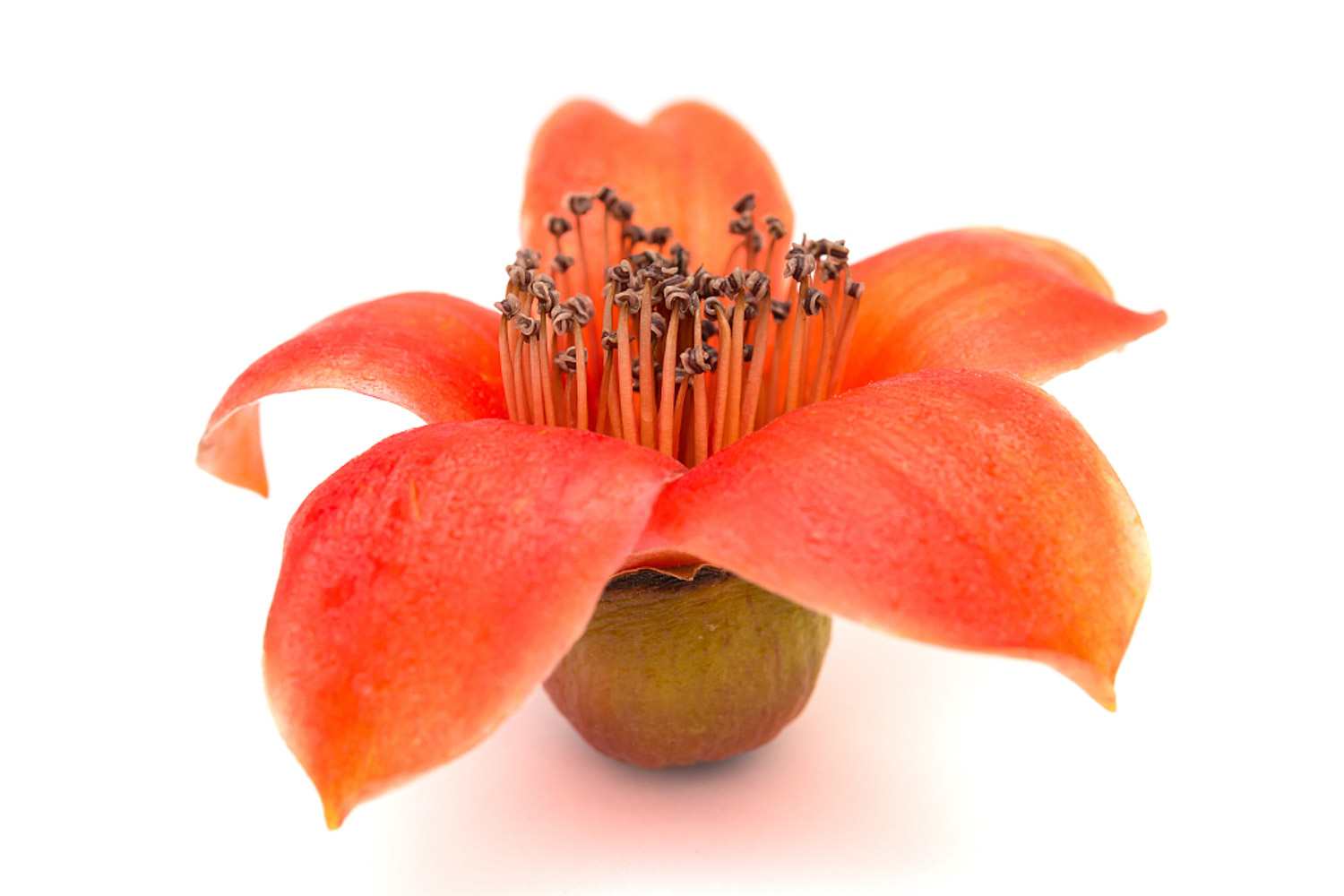
3、 Maintenance skills
1. Weeding: weeding is a long-term task. Especially in summer, weeds must be eradicated in time or sprayed with herbicides
2. Insect pests: aphids are easy to occur at the seedling stage of Java kapok. If aphids are found, they can be sprayed with Omethoate for 3 times, with an interval of 6 ~ 7 days. The trunk will be damaged by Monochamus alternatus, which makes its growth slow, curved and easy to be broken by the wind. When the harm of longicorn beetles is found, dipterex can be used to kill them, or dipterex can be mixed with mud to block the hole and suffocate the longicorn beetles


 how many times do yo...
how many times do yo... how many planted tre...
how many planted tre... how many pine trees ...
how many pine trees ... how many pecan trees...
how many pecan trees... how many plants comp...
how many plants comp... how many plants can ...
how many plants can ... how many plants and ...
how many plants and ... how many pepper plan...
how many pepper plan...